Secure your future today!
Strain Prevention from Construction Work
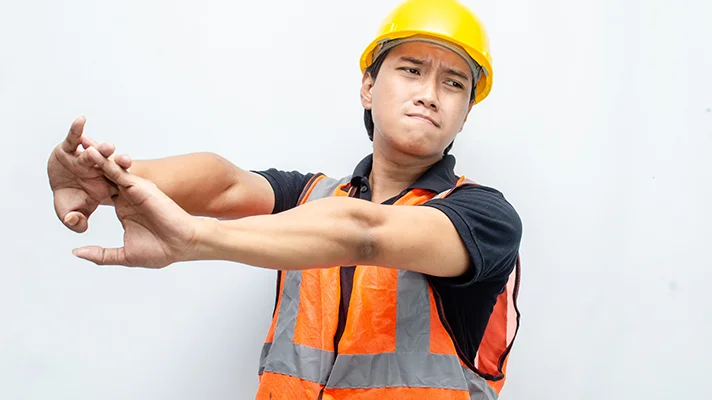
The increase of strain risk isn’t just a matter of the weight being lifted or task being done. You can reduce the strain risk by paying attention to the following factors:
- Manage repetition: Try to eliminate redundant lifts or movements through pre-planning the task and staging materials closer to where work will be done.
- Avoid awkward postures: Minimize or avoid reaching, bending, or awkward wrist postures. You can control your posture by how you position yourself or the work being done. Move your position, ladders, or lifts closer to the work.
- Reduce forces: Use correct tools or techniques to avoid strenuous pulling or pushing where muscles must work harder. This is very important if you are working in an awkward position.
Health First - Exercise and Flexibility
Stretching increases flexibility, improves circulation, and decreases muscle tension and stress. Consider a brief warm up or stretch in the following situations:
- After working in an extended awkward posture
- Prior to starting your day or after short breaks
- If tension or stress is apparent
Your Personal Goal
- Remember two key points: small changes can make big differences. It’s never too early or too late to make a change.
- Use every advantage: manage repetition, avoid awkward postures, and reduce forces.
- Follow three steps: maintain good health, warm up, and use good mechanics.
Preparation... It’s Easy... Big Payoff
- Is the load or work accessible?
- Do you have the right tools?
- Where are you going?
- Is the travel path clear?
- How will you set the load down?
- Do you need help?
Remember these key tips when warming up:
- Change tasks, stretch, and take short breaks frequently where awkward postures are unavoidable.
- Warm up slowly and hold for a few seconds.
- Always stretch gently and avoid jerky movements.
- Go easy at first, start out with a few exercises and gradually increase.
- Exercise regularly and try to do some of the exercises everyday at regular intervals.
- Discontinue the exercise if pain occurs.
Tips - Keep it Close, Don’t Twist
Lower Body
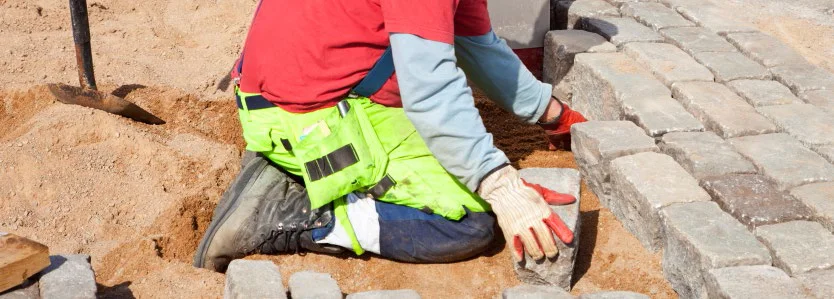
Continual stress can cause inflammation of tendons and ligaments.
Tips to Avoid Strains
- Don’t use the floor as a workbench.
- Change positions.
- Even a short stool can reduce knee flexion, but be mindful of the position of your back.
- Keep a pad nearby to kneel on hard floors.
- Move slowly and stretch when standing up.
Lower Back & Torso
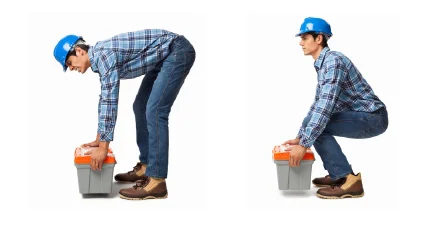
Bending at the waist places pressure on the lower discs. Remember that for every pound lifted, 10 pounds of pressure is placed on the lower back. A 50 pound weight puts 500 pounds of pressure on lower discs. The lower back structure is not meant to twist.
Tips to Avoid Strains
- Prior to lifting, test the weight of the load or object.
- Lift with the legs and stand up slowly.
- Move slowly.
- Keep the load, arms, and elbows close.
- Keep the load balanced.
- Move your feet to avoid twisting the lower body.
- Don’t catch falling objects.
- Bridge when performing one hand lifts. Brace one hand on your knee or work surface to help offset the weight of the load and to stabilize your body.
Upper Body

Continual stress can cause inflammation of tendons and ligaments.
Tips to Avoid Strains
- Do not reach for things above your head or that are out of reach if possible.
- Don’t pull or push hard when reaching.
- Heavy items should be kept between 30-50” from the floor to reduce reaching.
- Reposition your body to get closer to work.
- If you must hold an overhead position, stretch or roll the shoulder slowly every few minutes to improve circulation.
Hands & Wrists
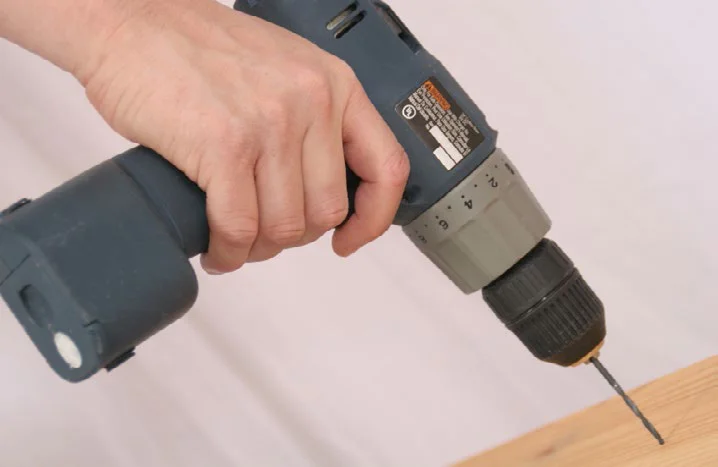
Hand and grip strength is lost when the wrist is bent or flexed in any direction. There is a 60% loss of strength between neutral and 45 degrees flexion.
Tips to Avoid Strains
- Change tasks, stretch, or take a break from repetitive tasks.
- Keep wrists in a neutral position.
- Use power tools when available.
- To lessen vibration, pad tool handles, use antivibration gloves, and select tools that dampen vibration.
- To lessen torque reaction, use electric tools that don’t wrench the wrist and use tools with good handles.
Handling Sheets
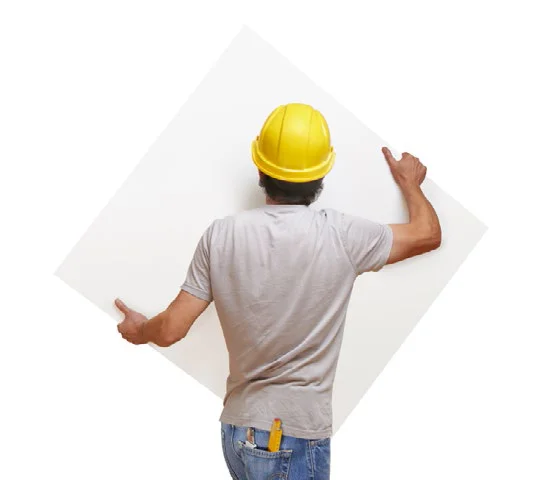
Tips to Avoid Strains
- Keep load close.
- Watch wind conditions.
- Stay balanced.
- Turn correctly – slow and easy with lead foot pointing in direction you want to go.
- Never try to change grips while carrying a heavy load.
One Hand Lifts
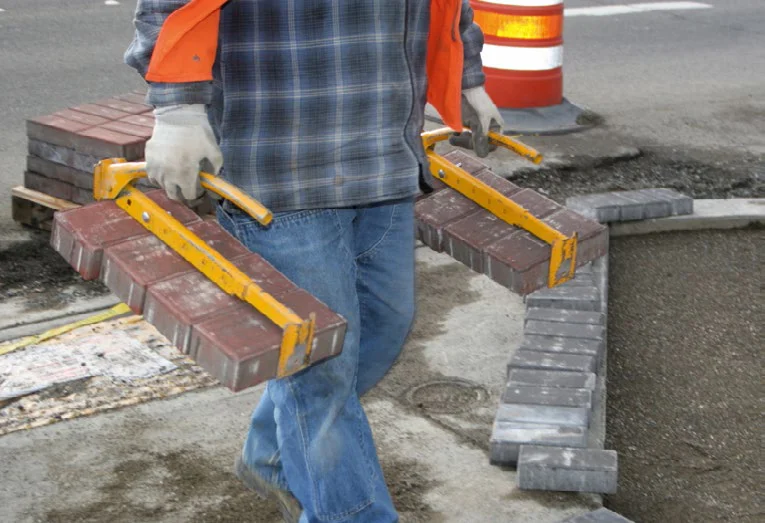
Tips to Avoid Strains
- Don’t reach for the load.
- Bend at the knees and waist – keep back straight.
- Grasp load firmly.
- Lift with legs using free arm to balance.
- Keep shoulders level.
- Switch hands frequently.
Tandem Lifts
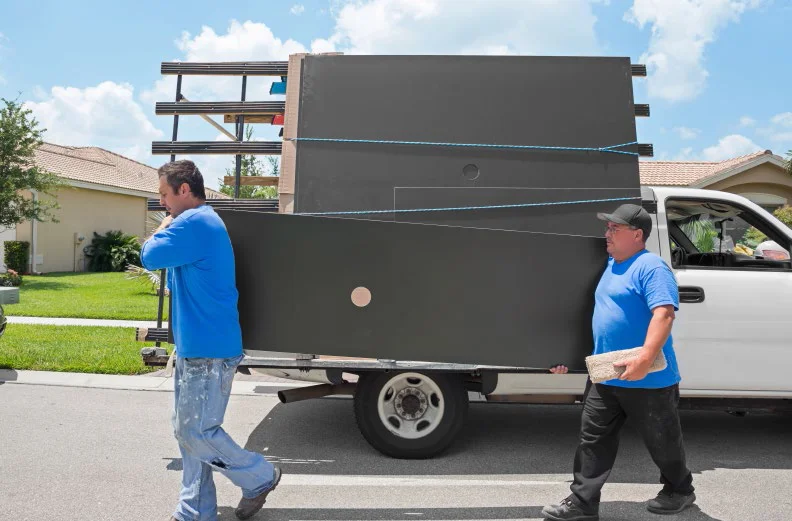
Tips to Avoid Strains
- Use a tandem lift if a lift, hoist, or if other mechanical assistance is unavailable.
- Use a tandem lift if the object is heavier than you are capable of lifting alone.
- Use a tandem lift if the object is too large or too awkward to carry alone.
- Discuss the lift first with everyone involved.
- Balance the load as evenly as possible.
- Move together and smoothly.
- Remember that some objects are too heavy or awkward for even two people to safely handle.
Download This Article
Additional Safety Topics
Check Out All Our Products
Commercial Insurance Built for You
We offer a wide range of Commercial insurance products. Find the product that's right for you!
Types of Business InsuranceGet Insurance for Your Car and Home
You need to protect more than just your business. Get insurance for your personal property too!
Personal Lines InsuranceWe've Got You Covered!
We offer Personal Lines Insurance in five states: Ohio, Michigan, Illinois, Indiana, and Wisconsin.
Insurance for All Types of Farms
Hastings offers a range of products specifically designed for farmers.
Farm InsuranceWe've Got You Covered!
We offer Farm Lines Insurance in five states: Ohio, Michigan, Illinois, Indiana, and Wisconsin.
Secure your future today!
Hastings Insurance Company
404 E. Woodlawn Ave.
Hastings, MI 49058
Monday-Friday
8:00 a.m. - 4:30 p.m. (EST)
(800) 442-8277
Terms of Use and Privacy Statement© Hastings Insurance Company. All rights reserved.



